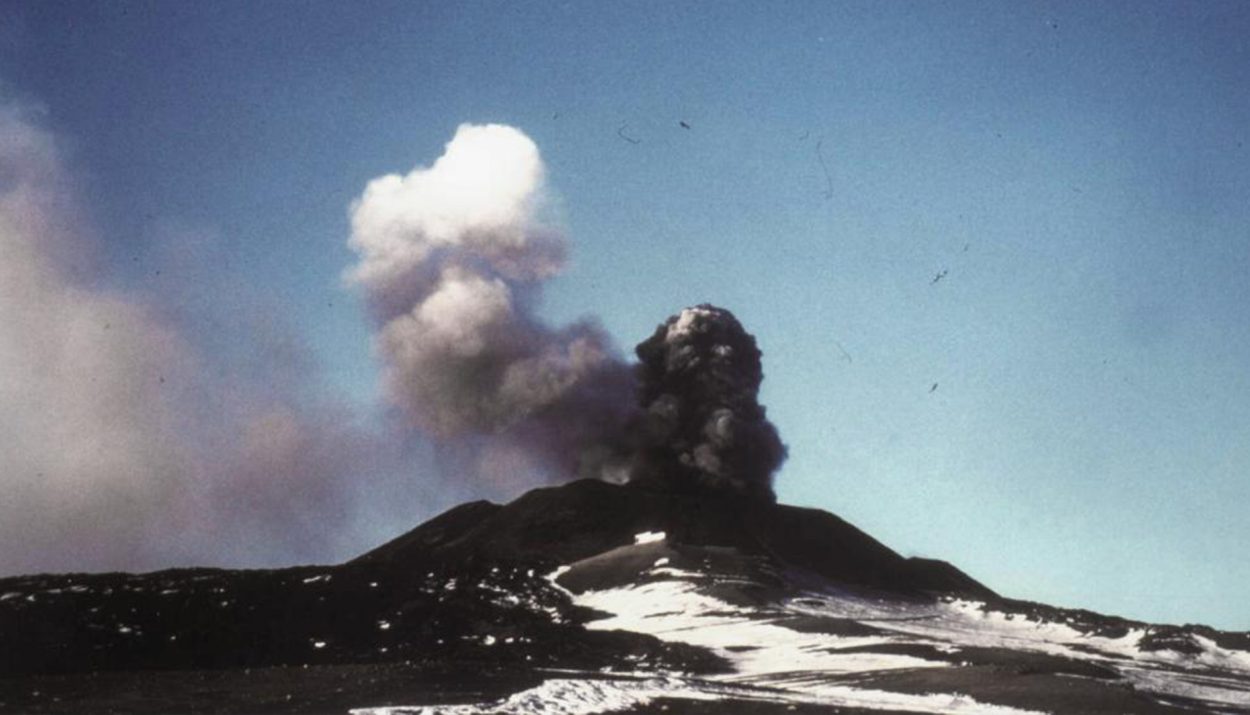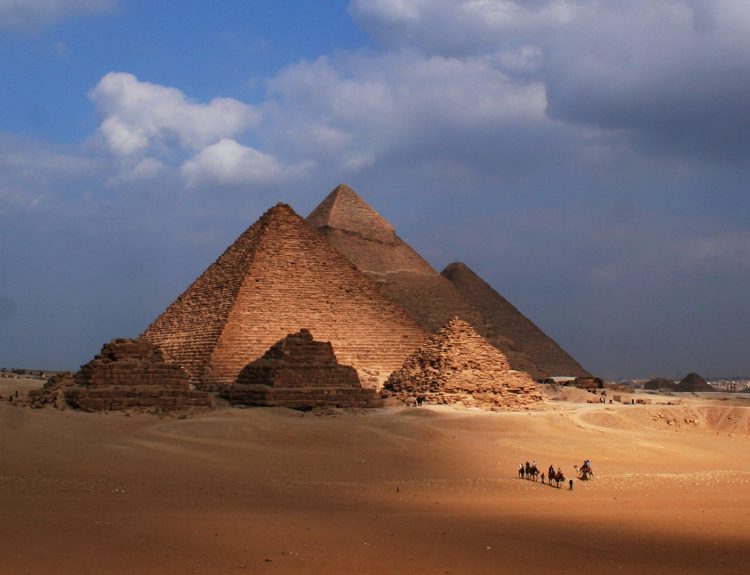April 5 is a day packed full of historic events. Although no national holiday falls on this day, some of the events that happened on April 5 at various times in the past hint to some well-known holidays, as we will soon learn.
In addition, April 5 has an explosive history with not one, but THREE, historic volcanic eruptions occurring on this day. In between, we find several other notable moments of the past that all happened on this day in history.
Volcanic Eruption Number 1 – The Mount Tambora Eruption of 1815
On April 5, 1815, Mount Tambora, located on the island of Sumbawa in what is now Indonesia, roared back to life after centuries of dormancy. Over the next several days – peaking on April 10 – the volcano’s eruption sent the equivalent of 10.8 cubic miles of rocks, soil, gas, and ash into the atmosphere.

The ash cloud blanketed the entire planet and triggered a brief, but significant, period of sudden climate change. The reduced global temperatures caused crops to fail, food shortages, and The Year Without a Summer. The eruption of Mount Tambora ranks as one of the most powerful and destructive volcanic eruptions in recorded history.
Saint Patrick Returns to Ireland – 456
We celebrate St. Patrick’s Day on March 17th, but on this day, April 5, in the year 456, Patrick, who had been studying theology on the European continent and had been ordained as a bishop by Maximus of Turin, returned to his native Ireland to spread Christianity to his homeland.
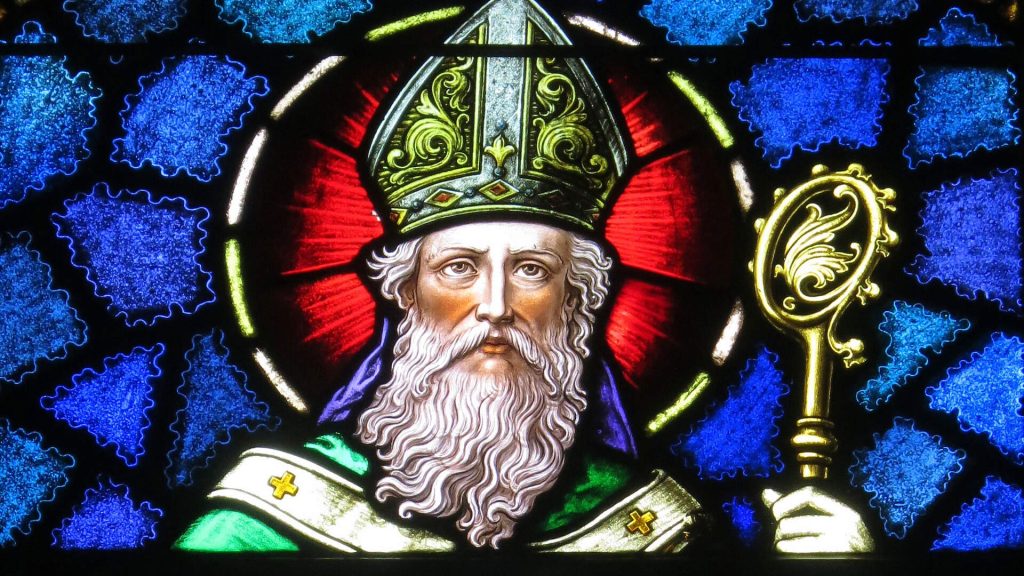
According to legend, Patrick had a vision that told him to return to Ireland as a Christian missionary. He arrived at Wicklow near the mouth of the River Inver-dea, but his message was not immediately accepted. After he helped Benin, the son of a local chieftain, convert to Christianity, others followed suit. Although Patrick is not a canonized saint, he is considered the Patron Saint of Ireland.
The Mayflower Sets Sail on her Return Voyage to England – 1621
Saint Patrick wasn’t the only one making a trip home on April 5. On this day in 1621, the Mayflower left Plymouth, Massachusetts, and made its return trip to England. As every American schoolkid knows, the Mayflower sailed from England to the New World with a load of Pilgrims looking to settle in a new place.
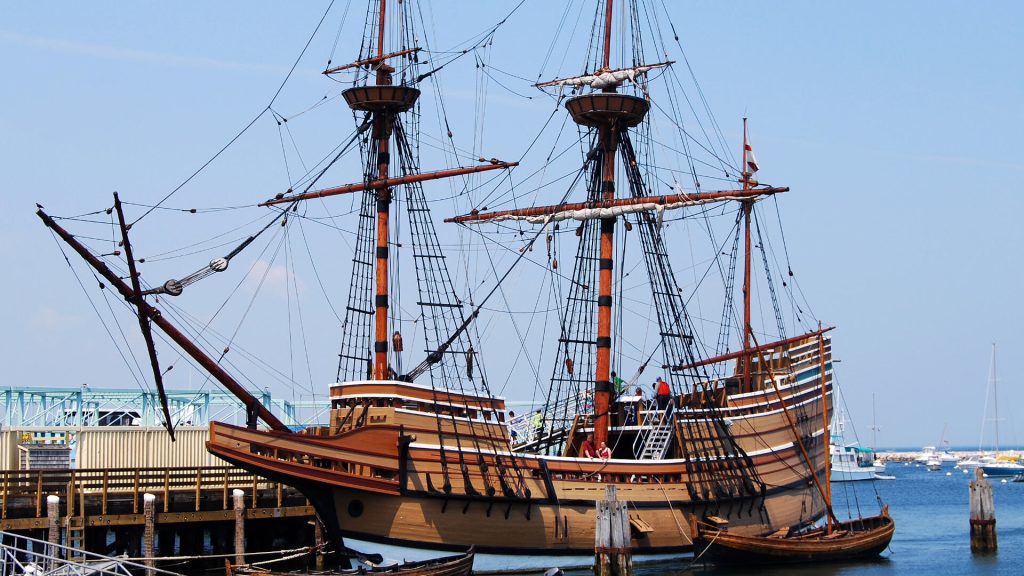
The Mayflower arrived in what is now Massachusetts on November 11, 1620, after a rough 66 days at sea. The Pilgrims spent that first winter living on the damp, crowded ship while they built their homes. After the Mayflower returned to England, history lost track of this historic vessel. According to some accounts, the Mayflower was decommissioned and sold for scrap. Her wood was used to build a barn in Buckinghamshire, England.
Volcanic Eruption Number 2 – The Mount Vesuvius Eruption of 1906
Mount Vesuvius has a long and violent history. This was the volcano that famously erupted in the year 79 and buried the city of Pompeii and the neighboring village of Herculaneum under such a thick layer of ash that they were almost perfectly preserved. But we are talking about a different eruption of Mount Vesuvius … one that took place on April 5, 1906.
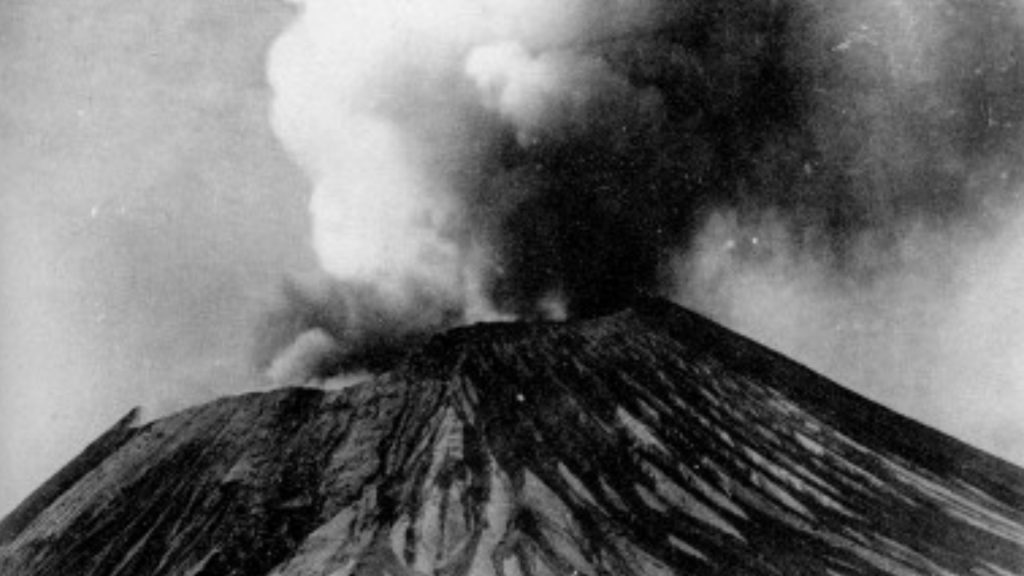
The 1906 eruption killed about 100 people and caused widespread devastation across Italy’s province of Naples. Italy was planning to host the 1908 Summer Olympic in this area, but instead, funds had to be directed toward the rebuilding efforts. The games were moved to London.
Helen Keller Learns “W-A-T-E-R” – 1887
Left blind and deaf after a childhood illness, young Helen Keller, who was born in 1880, was locked in a world with no sight and no sounds. In March 1887, a young and determined teacher, Anne Sullivan, arrived to teach the then six-year-old Helen. It proved to be a slow and frustrating task.

But then, on April 4, 1887, the teacher and student achieved a monumental breakthrough. While holding Helen’s hand under running water, Anne Sullivan signed “W-A-T-E-R” into the child’s other hand. Suddenly, it clicked. After that, Helen was eager to learn all she could. She even went on to earn a college degree.
Europeans Discover Easter Island – 1722
Easter Sunday fell on April 5 in the year 1722. On that day, Dutch explorer and navigator, Jacob Roggeveen, sailed to a remote island in the southeastern Pacific Ocean and was shocked to see a row of giant faces staring back at him.

Roggeveen was the first European to lay eyes on the massive and mysterious Moai statues created by the indigenous Rapa Nui people who had lived in isolation on the island for centuries. In honor of the holiday, Roggeveen named the place Easter Island, however it is also known by its original name, Rapa Nui.
Ethel and Julius Rosenberg Received Death Sentences After Being Convicted of Spying – 1951
On April 5, 1951, sentences were handed down to married couple Julius and Ethel Rosenberg who had been convicted days earlier of spying for the Soviet Union. For their crimes of passing coded information about America’s nuclear weapon designs, jet propulsion engines, and radar and sonar capabilities, the American couple was sentenced to death.
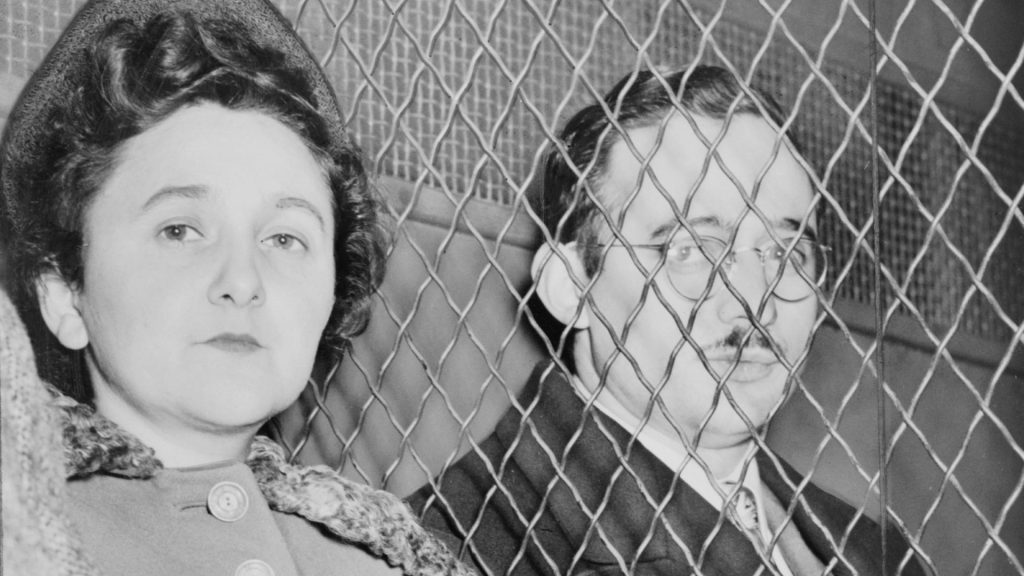
Their executions were carried out on June 19, 1953, at New York’s Sing Sing Correctional Facility. First Julius and then Ethel were executed via the electric chair, marking the end of one of the Cold War’s most infamous spy stories.
Volcanic Eruption Number 3 – The Mount Etna Eruption of 1971
The last of our series of historic volcanic eruptions that all occurred on April 5 is the 1971 eruption of Mount Etna. Located on the island of Sicily, Mount Etna takes its name from the Greek for “I burn.” Europe’s largest volcano was showing signs of life in the days leading up to April 5, 1971.

When the eruption occurred, it ripped the top of Mount Etna off. Vents and fissures opened in the earth and lava poured out. Lava covered Pian del Lago. Fortunately, advances in seismology and volcanology gave experts enough warning to evacuate residents. No one was killed in this eruption.
Kurt Cobain Committed Suicide – 1994
Angsty grunge rocker Kurt Cobain, the founder and lead vocalist of the band Nirvana, had a string of hit songs in the 1990s, most notably “Smells Like Teen Spirit.” Cobain, who penned most of Nirvana’s songs, was called “one of the most influential alternative rock artists” and “the voice of Generation X.” On the outside, Cobain seemed to be living the dream.

On the inside, though, Cobain was battling with his personal demons. He was addicted to heroin, suffered from chronic depression, and had an unstable marriage with musician Courtney Love. On April 4, 1994, Kurt Cobain was found dead from a self-inflicted gunshot wound. He was just 27 years old.

